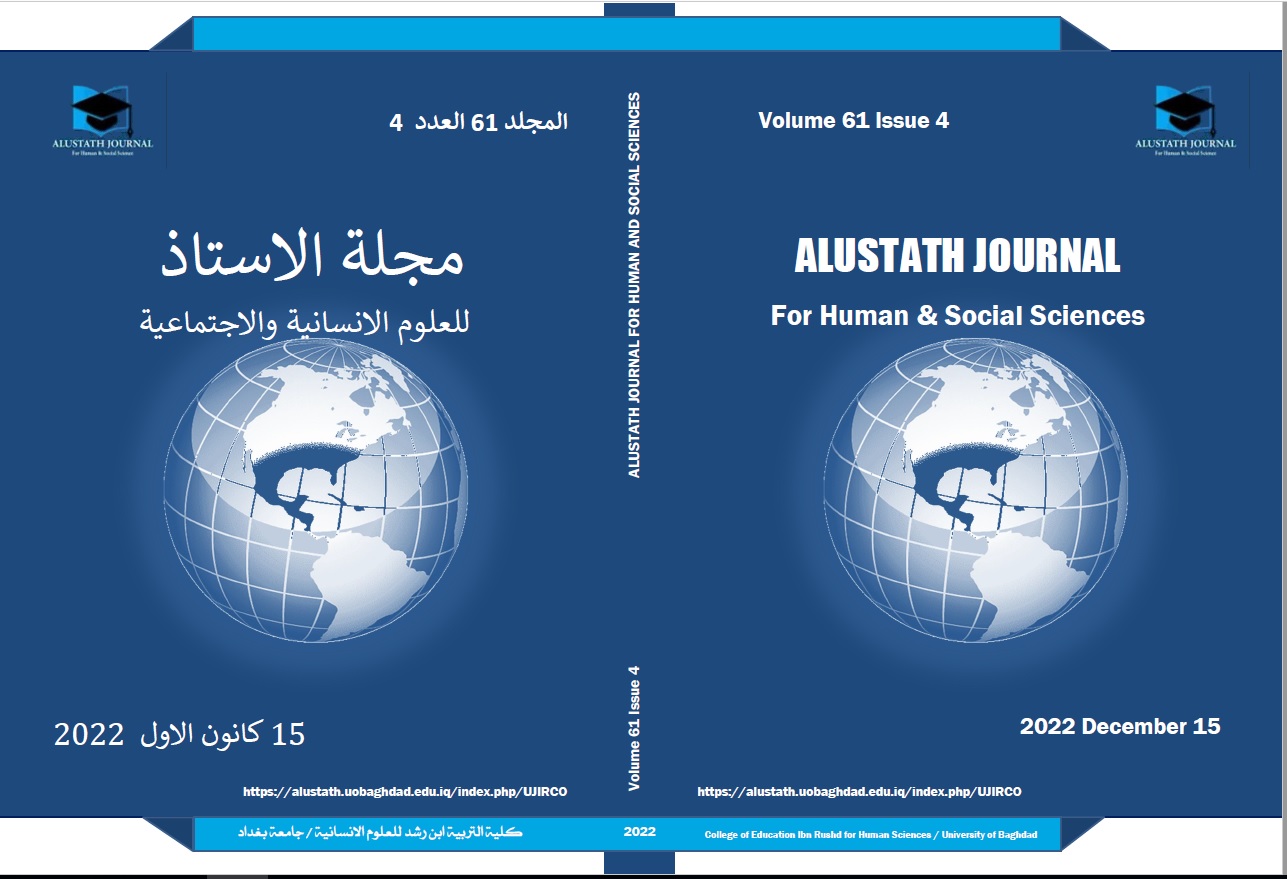Availability of Reflective Thinking Skills and Their Relationship to Academic Achievement among Fourth-Grade Literary Students in the Subject of Literature and Texts
DOI:
https://doi.org/10.36473/ujhss.v61i4.1938Keywords:
literature and texts, thinking contemplative, educationAbstract
The study aims to identify the availability of reflective thinking skills and their relationship to the academic achievement of fourth-grade literary students in the subject of literature and texts from the students' point of view.The questionnaire consists of (34) items about the availability of reflective thinking skills and their use by fourth-grade literary students and their relationship to academic achievement in the subject of literature and texts.The researcher relied on the triple scale to answer the paragraphs (strongly agree, agree, disagree). The research sample consisted of (70) male and female students in the literary fourth grade, of (35) male students and (35) female students from two schools, one for boys and the other for girls, located in the city of Muqdadiya (the center), which were chosen by the researcher intentionally in the year (2018/2019),The researcher used the following statistical methods:T. test for one sample, T. test of two independent samples, The arithmetic mean (Mean), Standard Deviation, Alpha Cronbach, Chi square. After analyzing the results and treating them statistically, the two researchers reached a set of findings, recommendations and suggestions
Downloads
References
Dewey, J. (1933). How we think: A restatement of the reflective thinking to the educative process. Boston: Heath.
Dewey, J. (1997). How we think. New york: Dover.
Kagan , J. M.(1988) " Teaching as clinical problem solving: A critical examination of the analogy and its implication". Teaching and Teacher education, V. 6 ,N. pp 337-354.
Kish, k & Sheehan, K (1997) Profolios in The classroom : A vechiste for Developing Reflective Thinking "High School Journal" 80(4): 5367.
Kish, K & Sheehan, K. (1997). Portfolios in the classroom: Avechicle for developing reflective thinking "High School Journal". 80 (4): 5367.
Lyons, N.(2010) Handbook of reflection and reflective inquiry: Mapping a Way of Knowing for professional reflective inquiry, U.S.A: Sppringer.
Osterman, K. F, & Kottkamp , R. B.(2004) Reflective Practice for Education. California: Corwin Press.
Pacheco, A. Q (2005) Reflective Teaching and ies Impact on Foreign Language Teaching. Revisit Electronica Actualidades investigative in Education Internal Vol(5) Numero Extraordinaire
Rodgers .G . (2002) . Defining reflection : Another look at John Dewey and reflective thinking . Teacher college record 104 (4), 842 -866.
Schon, A. (1987). Educating the reflective practitioner. San Francisco: Jossey Bass.
Schon, D. A. (1983). The reflective practitioner. How professionals think in action.New York, NY: Basic Books, Inc.
Thorpe, k & Barsky, J (2001) Healing through Self Reflection. Journal of Advanced Nursing, 35:(5).












